Description
Description: Chinese cast molded bronze mirror. The decoration of this mirror is particularly complex. As shown in the last picture, it is full of symbology, but basically based on the Cardinal directions, which were an important factor in burial practices in ancient China. The outer ring of the decoration is molded with the 12 animals of Chinese Zodiac, starting from the North direction, which is indicated in the inner circle by the Turtle entwined with the snake (the Black tortoise, see the Note #2 below). The inner ring is decorated with the Bagua (also known as Trigrams) symbols, which too are correctly orientated (Black, Water, related to North). The main inner circle is divided in four sections, each one corresponding to one of the “Four Guardians of the Four Compass Directions”: Turtoise = North, Dragon = East, Phoenix = South, Tiger = West. These are very well explained in the Note #5 below. At the center, the pierced nibble is surrounded by lotus petals. It is amazing to see how this mirror is still retaining his reflective properties after more than one thousand years.
Dating: Tang dynasty (618 – 907 A.D.)
Size: 21.7 cm diameter
Provenance: Ex Carlo Cottarelli collection (see provenance of the ceramic snuff bottle C2). Ex Christie’s 9415 Sale, Lot 322, June 20th, 2002.
References:
Notes: Note 1: About Carlo Cottarelli collection, see the ceramic snuff bottle C2. He must have bought this mirror at the after sale of the above-mentioned Christie’s auction, because the catalog of the auction that is available on the net is reporting only the lots that have been sold, and this lot, among others, is skipped.
Note 2: From Wikipedia: The Black Tortoise is one of the Four Symbols of the Chinese constellations. Despite its English name, it is usually depicted as a tortoise entwined together with a snake. The name 玄武 used in East Asian languages does not mention either animal; the alternative name “Black Warrior” is a more faithful translation. It is known as Xuanwu in Chinese. It represents the north and the winter season; thus, it is sometimes called Xuanwu (Black Tortoise, lit. Black Warrior) of the North (北方玄武).
Note 3: Mirrors were valued for ritual purposes associated with the power of reflection. Chinese spirits, both good and bad, are supposed to throng the earth and plaque the living. Mirrors have the power to ward off evil since the form of any invisible spirit will become visible when reflected in the mirror. Taoist scholars are said to have worn a mirror hanging down their back so they could pursue their studies without fear of being harmed by the invisible spirits all around them (Rupert and Todd 1935). Nothing was considered more powerful in warding off these evil spirits than the threat of making them visible in the mirror. Not only the living, but also the dead were protected by mirrors. In burial, mirrors were often placed face up on the breast of the deceased to protect them from evil spirits. Mirrors were also buried along side their owners with food, drink and the other prized and necessary possessions to ensure a comfortable eternity (Rupert and Todd, 1935).
Note 4: The composition of the bronze alloy to cast the mirrors was carefully chosen. The mirrors are composed of about 70% copper, 25% tin and 5% lead. The copper-tin-lead ternary alloy that was used was very hard and brittle, but the silver colored metal took a very good polish and was ideal for a reflective surface (Chase, 1991).
Note 5: From “The Animals of the Four Directions” by Laure Schwartz-Arenales, an excerpt from “The Beginning of the World”, Baur Foundation, Switzerland.
“The East is represented by wood, its constellation is the Green Dragon; the West by metal, its constellation is the White Tiger. The South corresponds to fire, and has as constellation the Red Bird; the North is connected with water, its constellation is the Black Tortoise. Heaven by emitting the essence of these four stars produces the bodies of these four animals on earth. Of all the animals they are the first, and they are imbued with the fluids of the Five Elements in the highest degree.” (From “Wang Chong (27 – c. 97AD) Lunheng – Discourses Weighed in the Balance”)
Four fabulous astral beasts have watched over the four cardinal points of the world since the beginning of the Celestial Empire. Infused with yuanqi, the primordial breath, from the axis of the sky, the Pole Star and the Northern Bushel, our Big Dipper, with its emblematic Yellow Unicorn (Qilin), associated with the center and the earth, the Green Dragon (Qinglong), the Vermilion Bird (Zhuque), the White Tiger (Baihu) and the Black Tortoise – or Black Warrior – (Xuanwu), each govern a season and a palace comprising seven of the constellations of 28 lunar mansions (xiu) of the celestial equator.
-The Green Dragon (Qinglong) – The azure-scaled Green Dragon is heir to a long history and an astounding array of images, as we see in the jade pendants and masks of the Neolithic cultures of Hongshan and Liangzhu. Associated with spring, wood, yang and the seven lunar mansions of the Eastern Palace. This Cosmic Guardian, among its many avatars, appears as a manifestation of the dragon. Source of all metamorphoses, this benevolent creature is venerated, depending on the place and its function, as master of the waters, of the family of dragons of the wells, dilong ; as the rainmaker, moving like a fish in underground waves; or as master of the air, of the family of dragons of the sky, shenlong, sprung from clouds, filled with the primordial breath. Its prodigious skills were linked to the destiny of emperors, who revered the dragon as their ancestor, from the first mythical ruler, the Yellow Emperor Huangdi and his illustrious descendants, Yu the Great or Liu Bang, founders of the Xia and Han dynasties. Throughout the reigns of the Sons of Heaven, the rites and the prestige of the imperial court, its costumes and its etiquette, were all used to proclaim the ancestry of the divine dragon.
-The Vermilion Bird (Xiu) – The blazing Vermilion Bird personifies the seven lunar mansions of the Southern Palace over which it reigns (the Well, the Spirits, the Willow, the Seven Stars, the Spread Net, the Wings, the Chariot); it is linked to fire, to yang and to summer. It has the head of a rooster, the neck of a mandarin duck, the dazzling plumage of a peacock, a pheasant’s tail, the powerful flight of a swan, the legs of a crane and its melodious song delights all who hear it. Although it lives in faraway regions and on heavenly islands, often close to the sun, the fenghuang, as its syncretic body implies, is first and foremost the representative on earth of all feathered creatures, both real and imaginary.
-The Black Tortoise or Black Warrior (Xuanwu) – Guardian of the North, this hybrid creature, sometimes known as the Black Warrior (Xuanwu: xuan, “black”, wu, “warrior”), governs the seven lunar mansions of the Northern Palace (the Big Dipper, the Ox, the Maid, the Void, the Roof, the Encampment, the Wall); it is associated with water and winter. In astrological speculations that developed during the Warring States period, the Black Warrior played a primordial role in the control of human destiny thanks to its location in the northern quarter of the zodiac, where the Big Dipper and the North Star, as well as the asterisms governing birth, death and longevity, are found. The Black Warrior’s essential mission is to block the path of evil spirits which, according to geomantic beliefs, are particularly present at the gates of the northern regions.
-The White Tiger (Baihu) – In the western quarter of the world, the White Tiger guards the seven lunar mansions of the Western Palace (the Legs, the Bond, the Stomach, the Pleiades, the Net, the Beak, the Triad); it is associated with yin, metal and autumn. A sacred and majestic animal, king of the forests, mountains and wild beasts, it has been an object of veneration since ancient times. The White Tiger defends against demons and drives away disease with the courage and fighting spirit that have made it the ensign of warriors. Thanks to these heroic qualities, the White Tiger complements the dragon to form the oldest and most widely depicted pairing among the four cardinal deities.
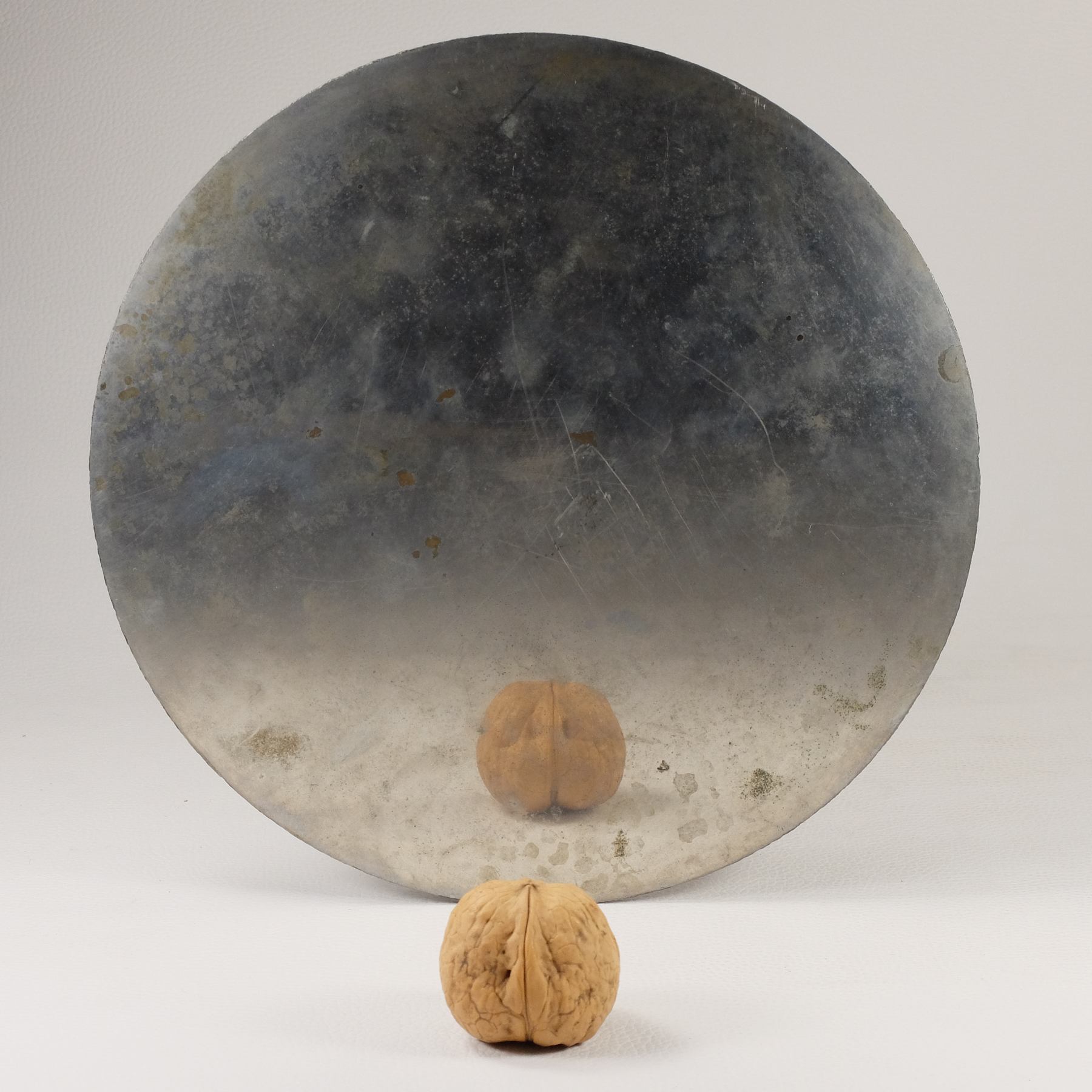
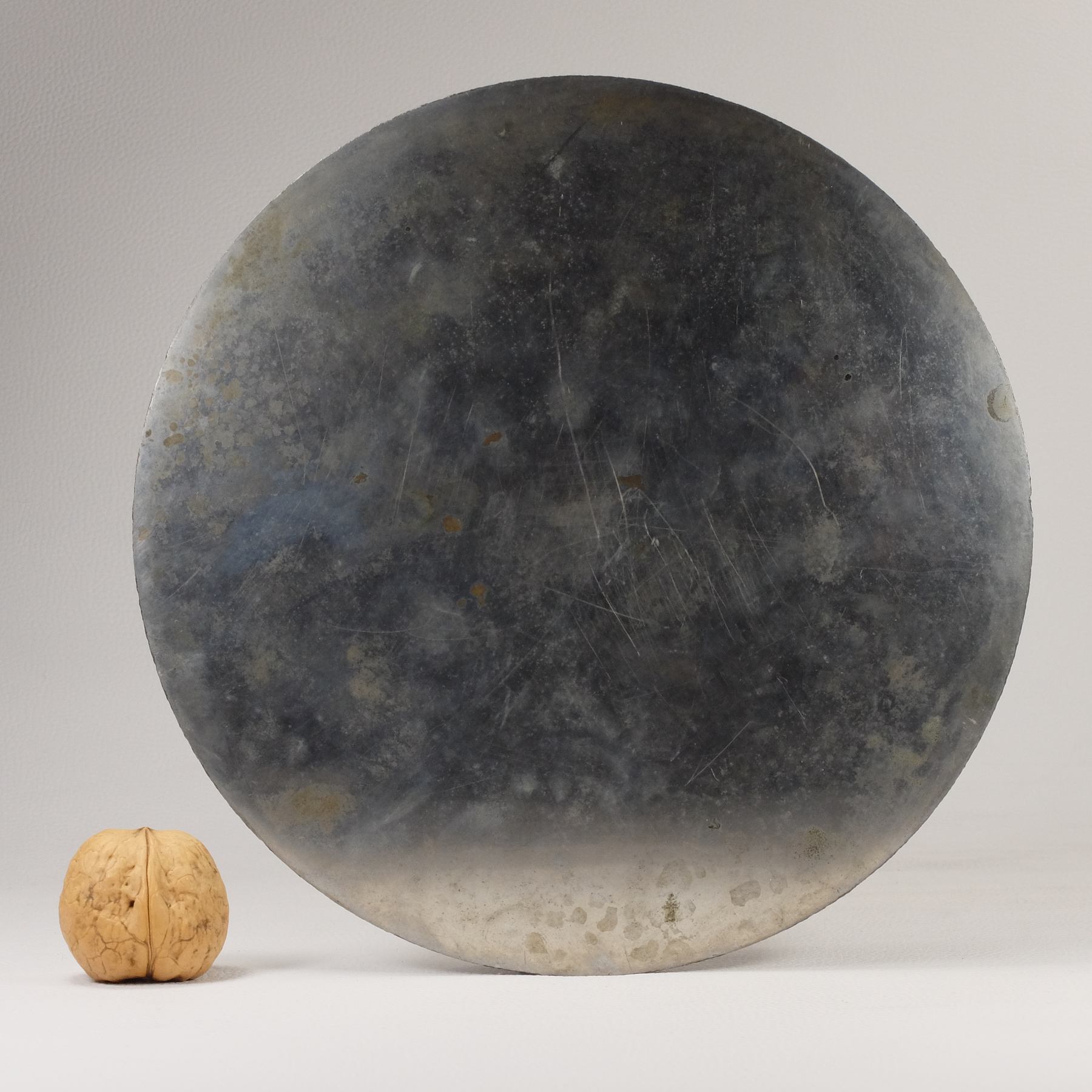
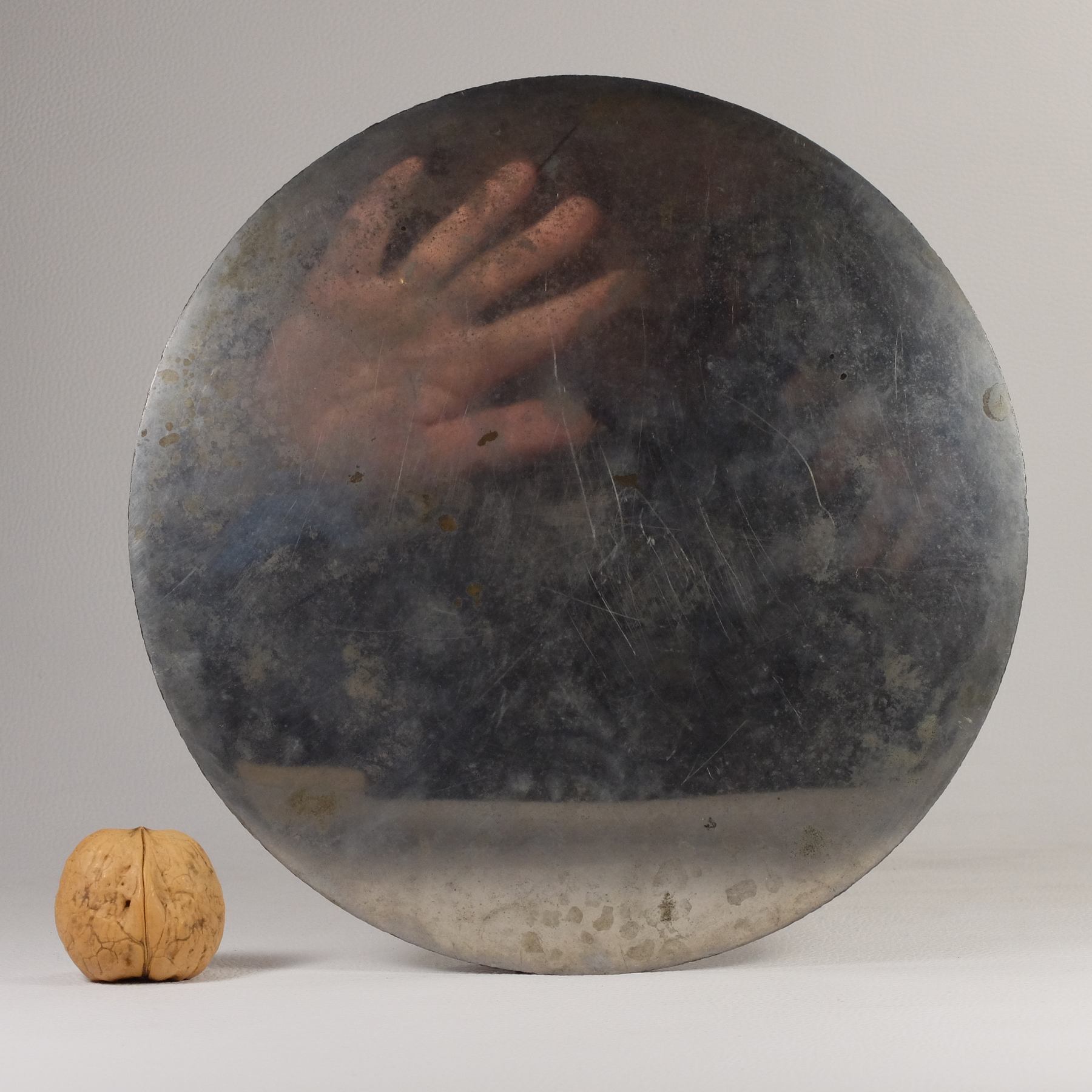
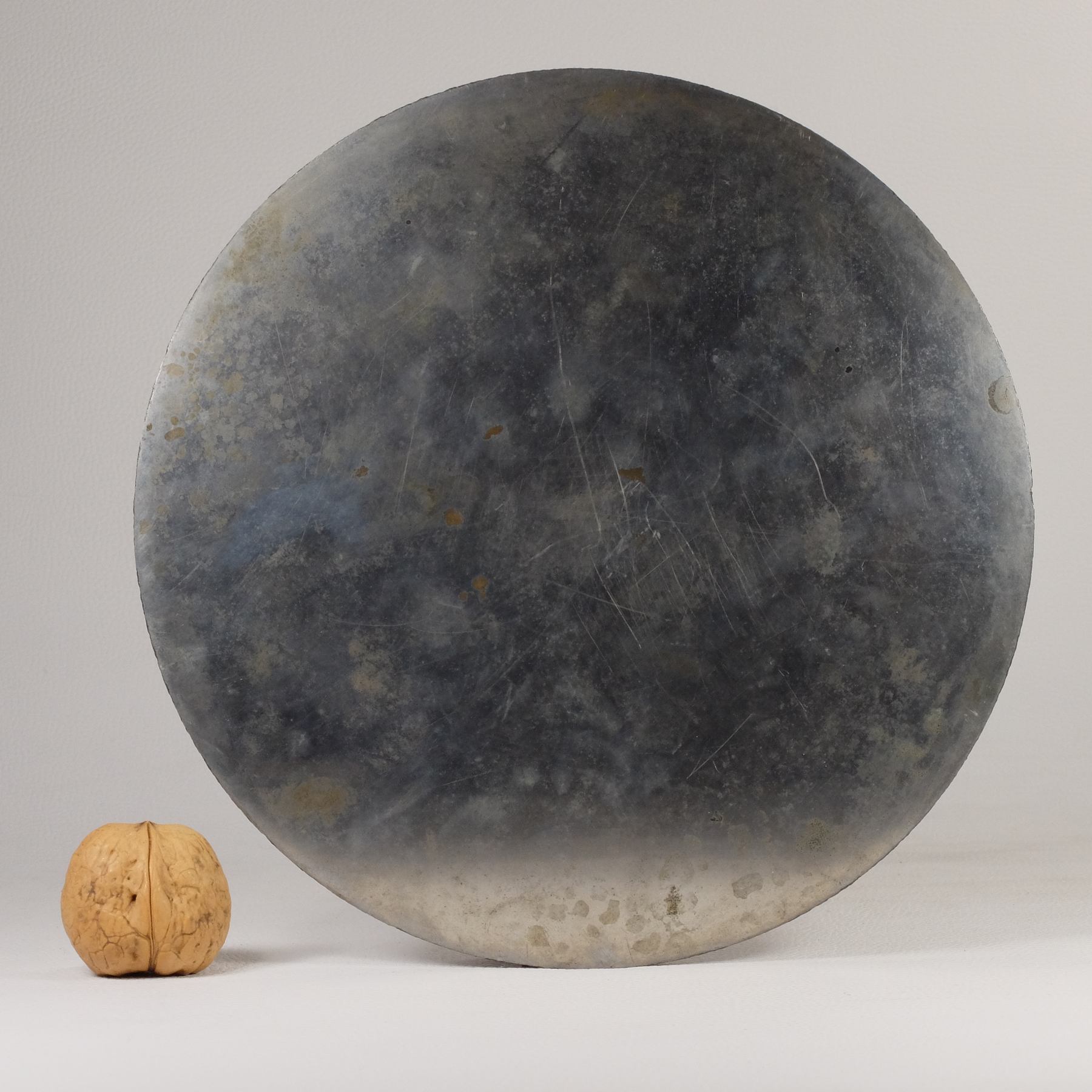
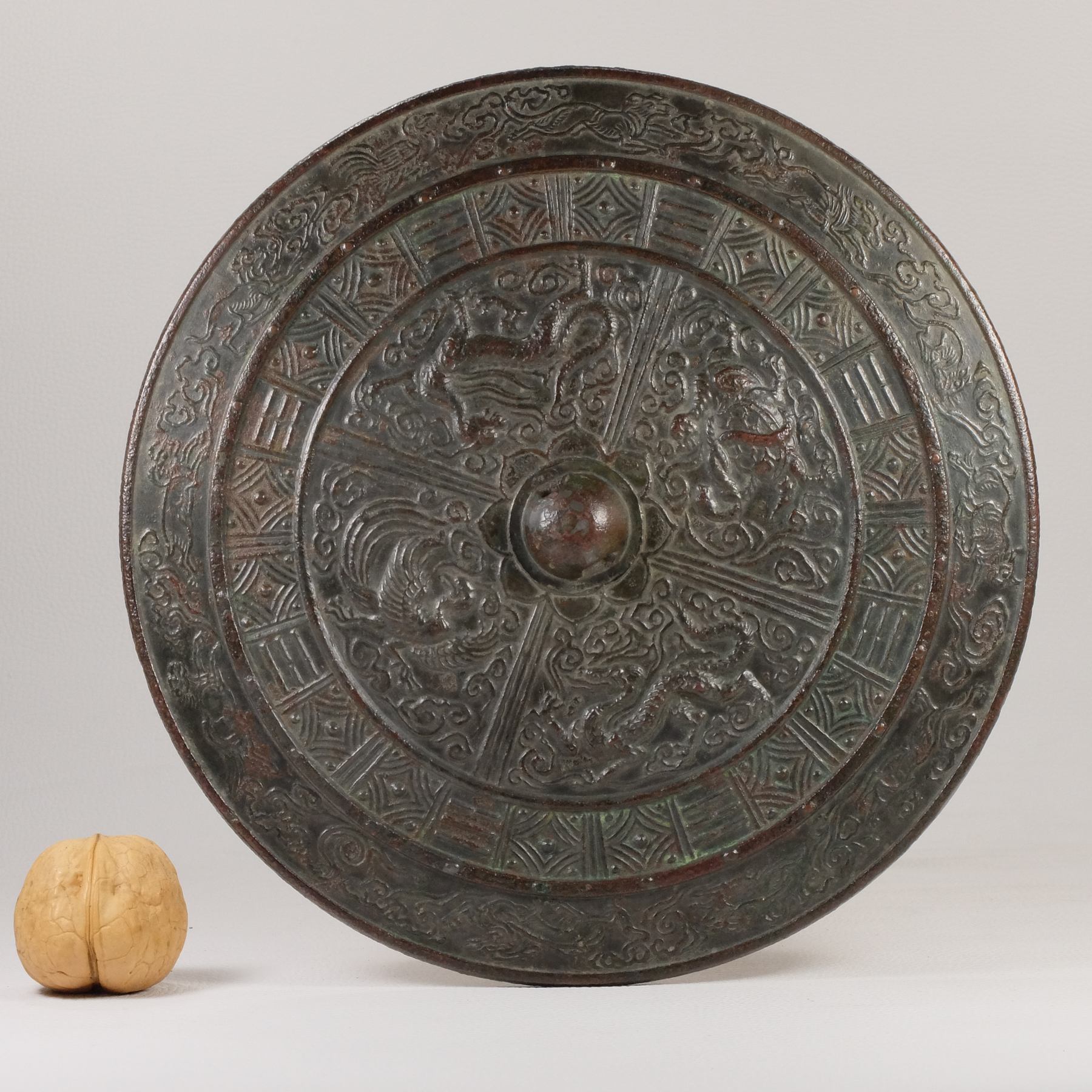

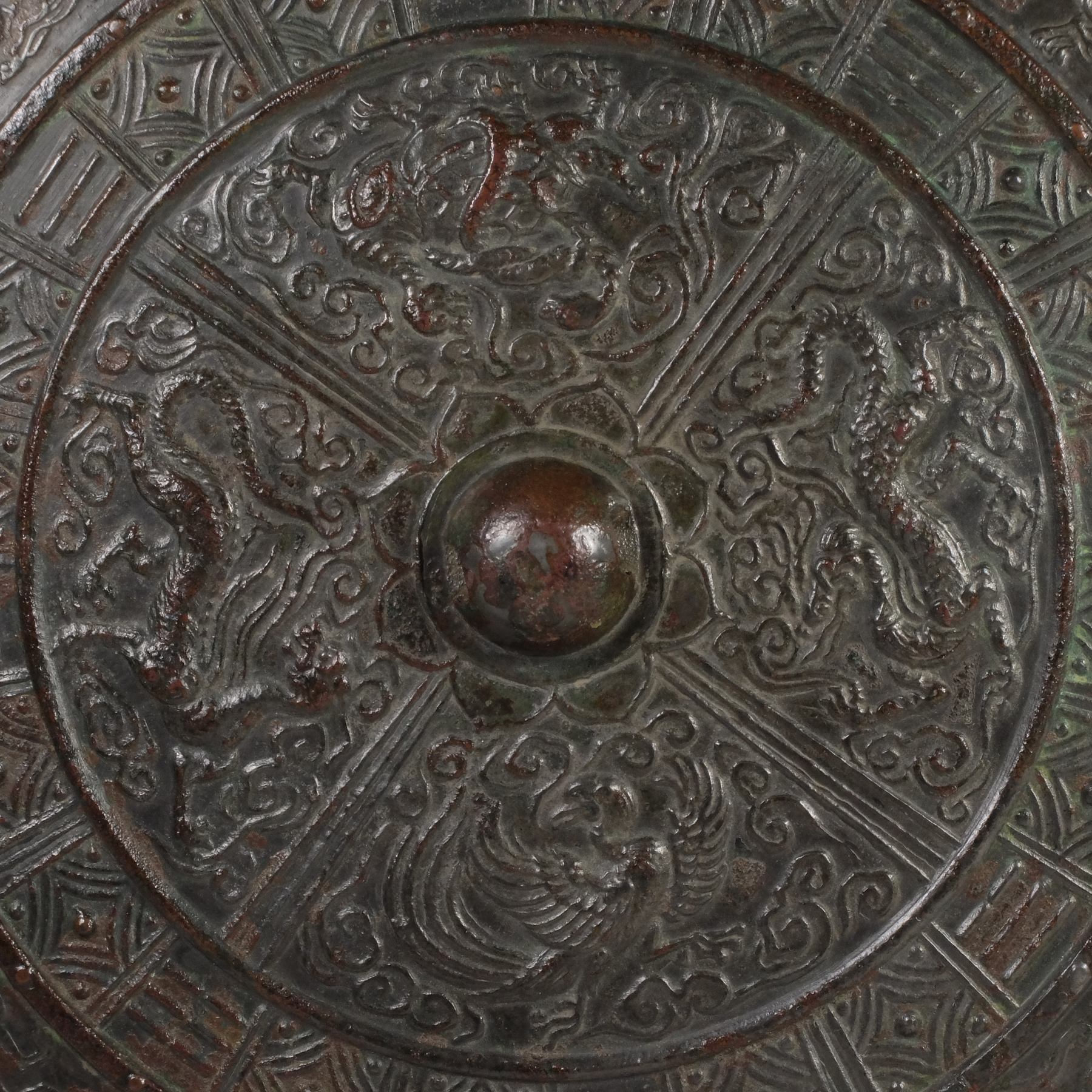
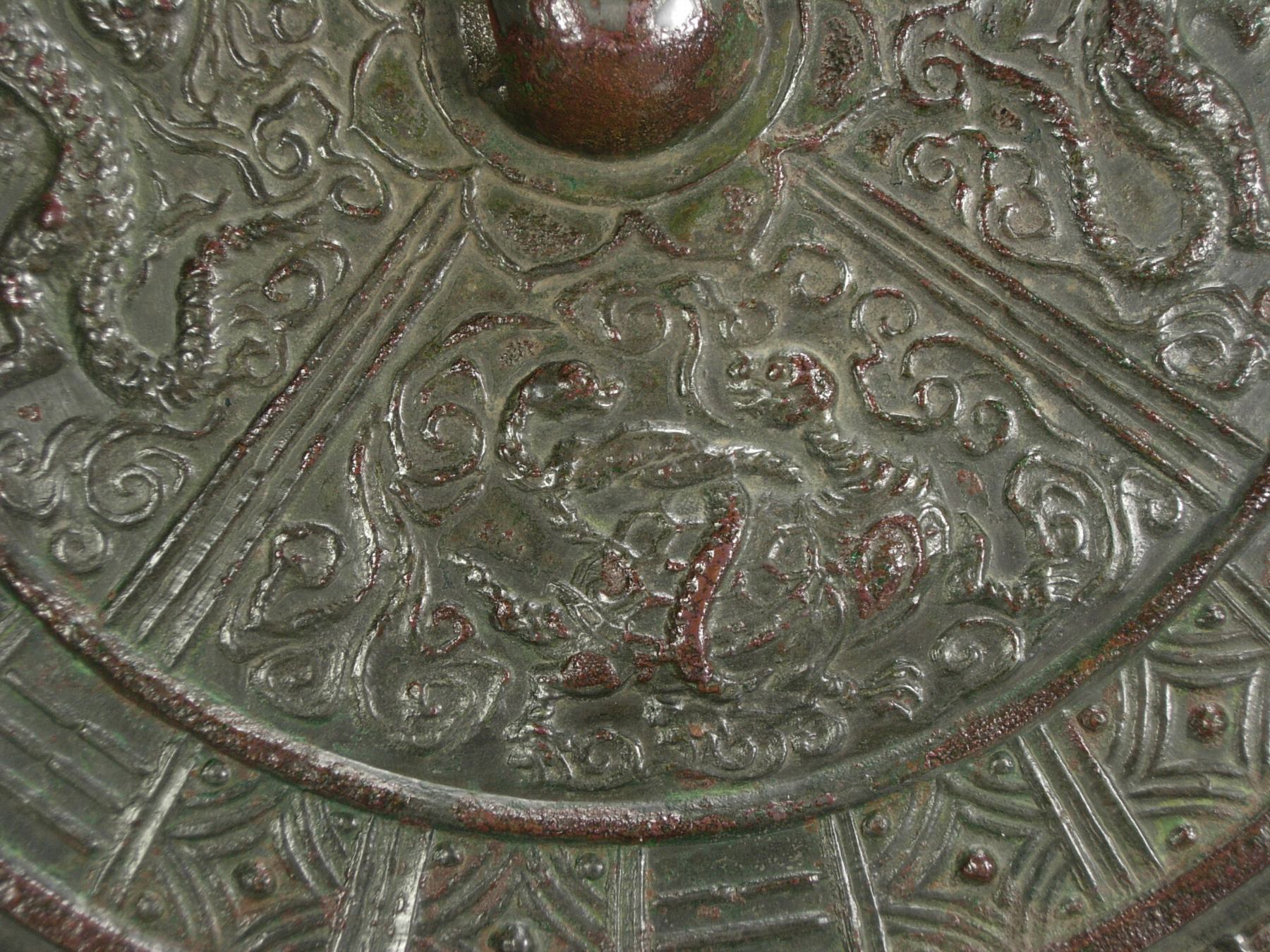
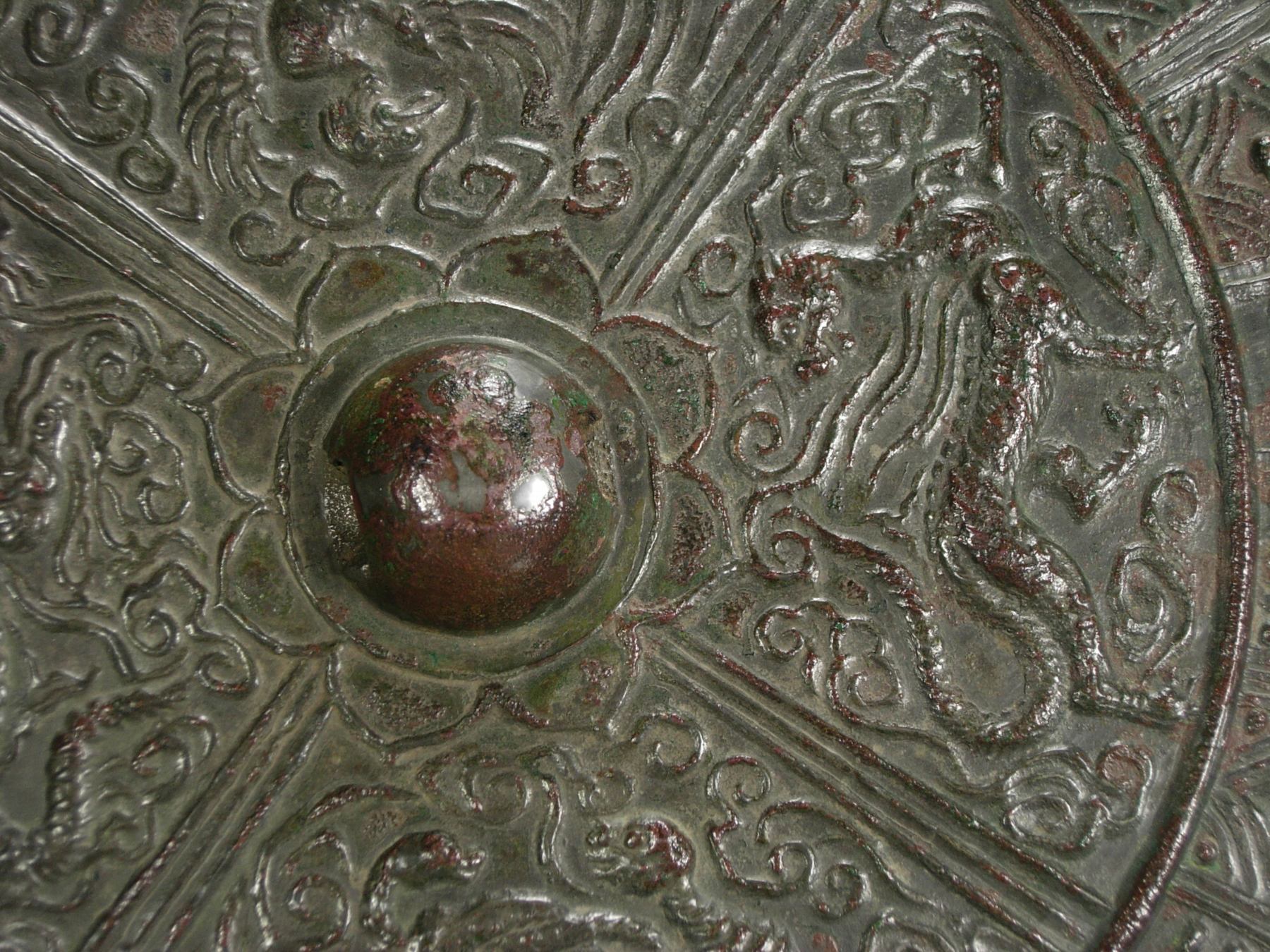
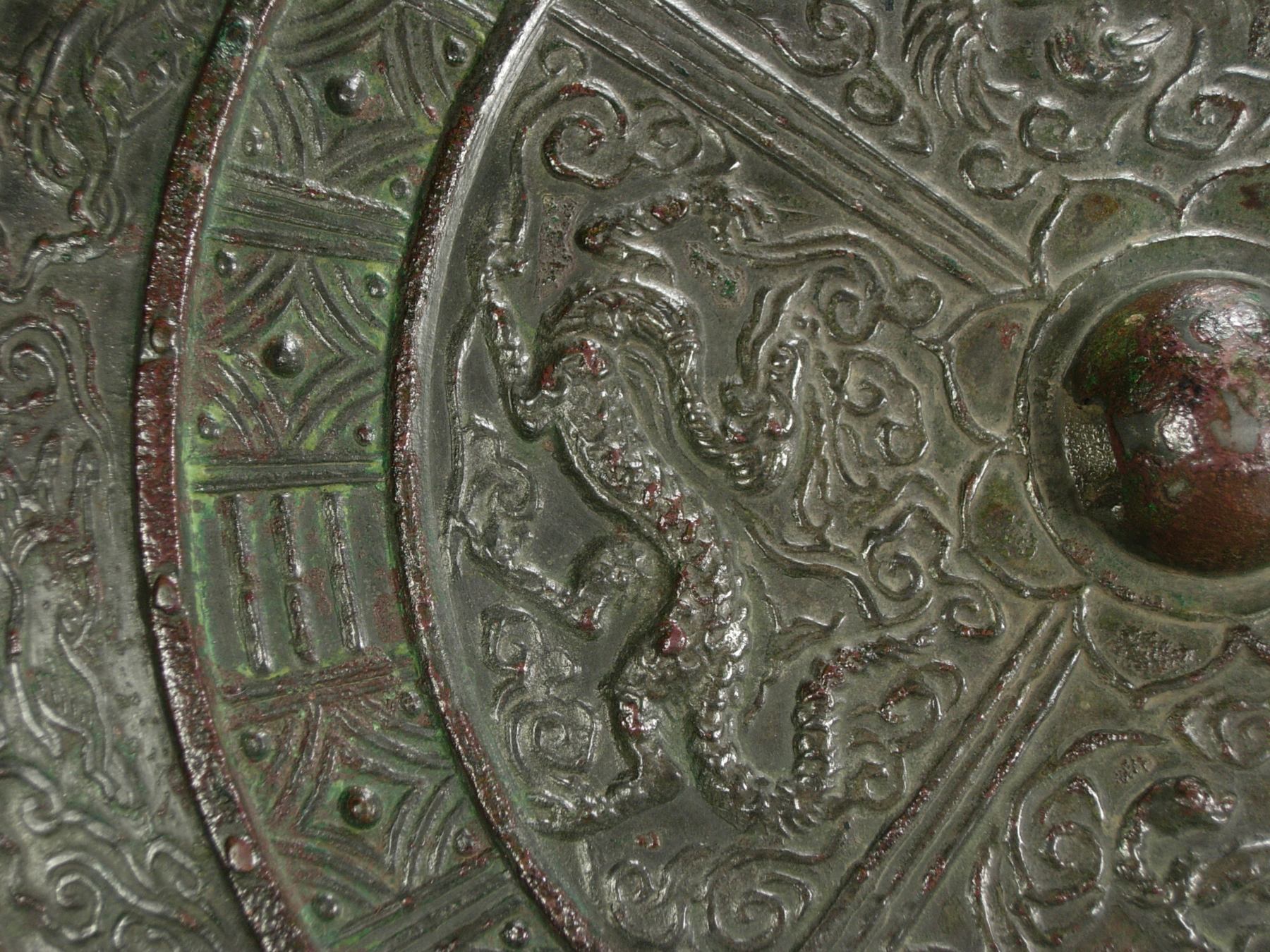
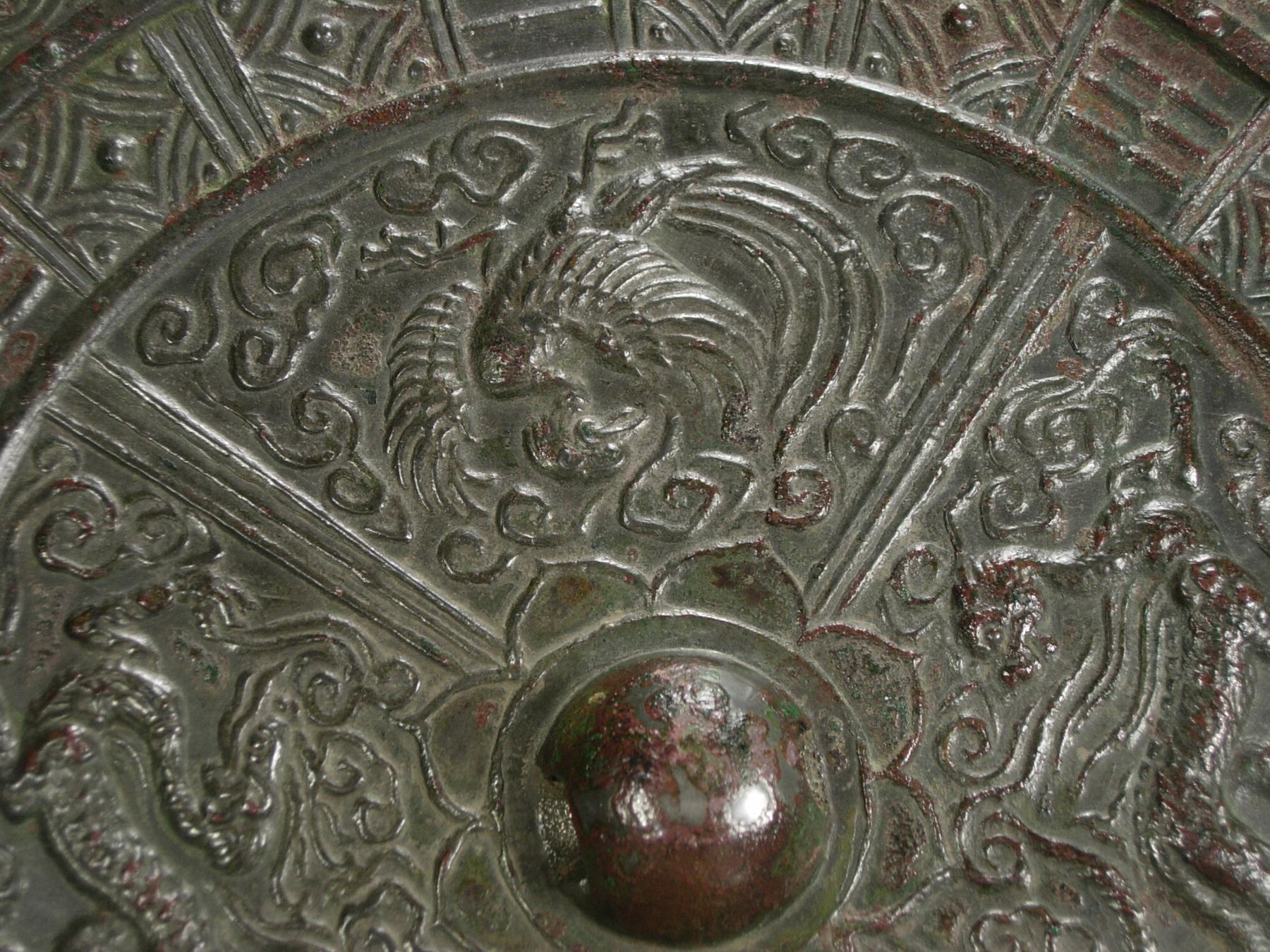
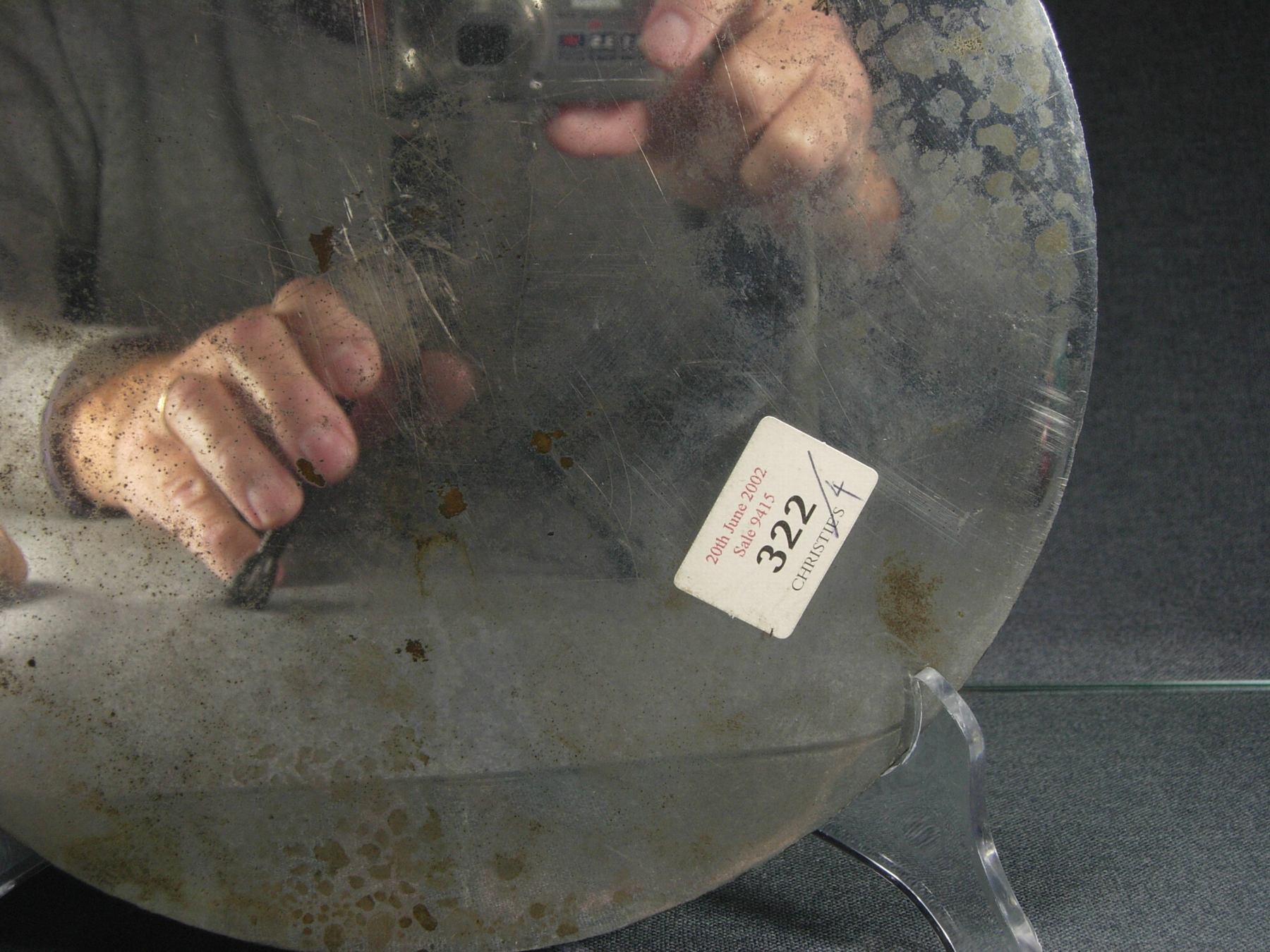
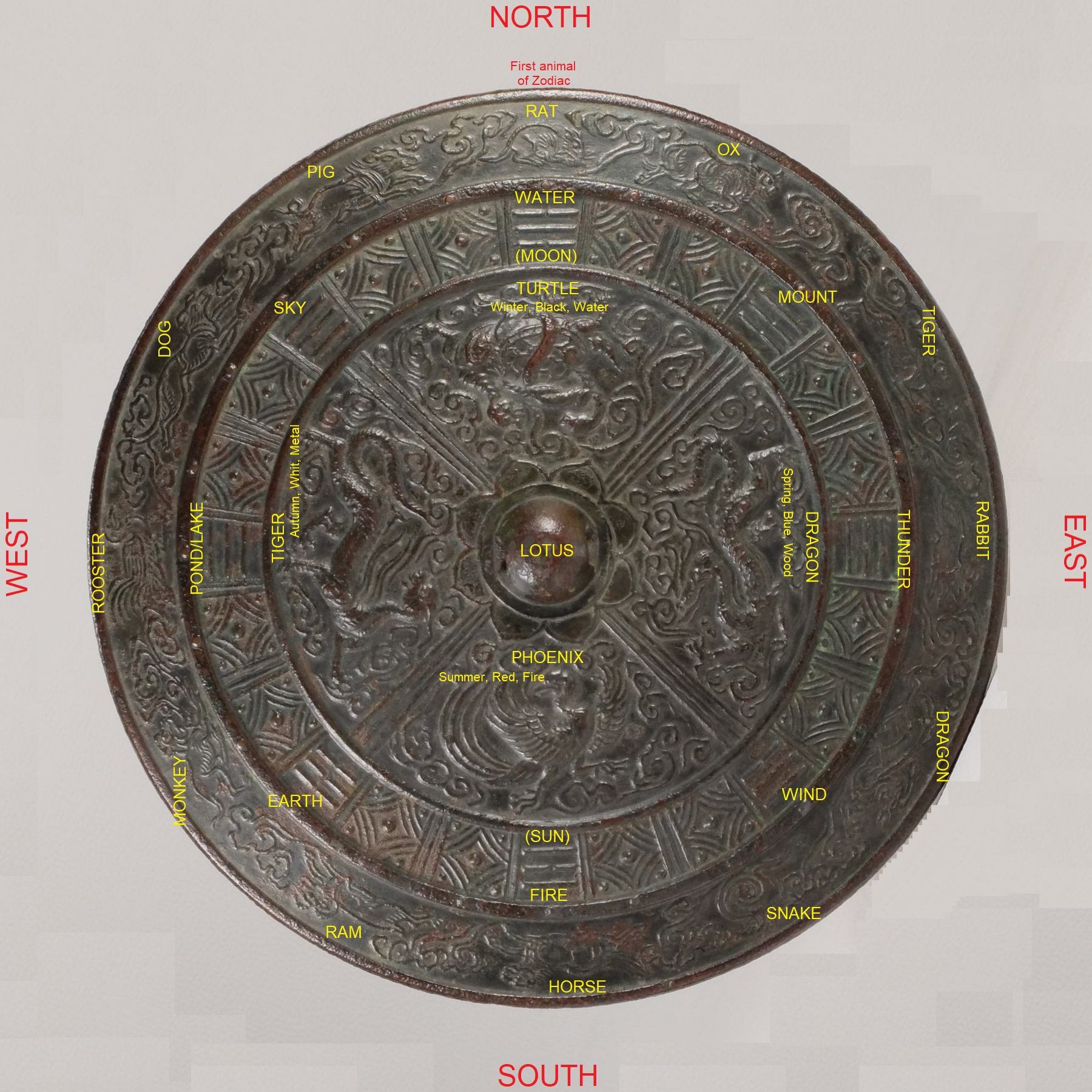
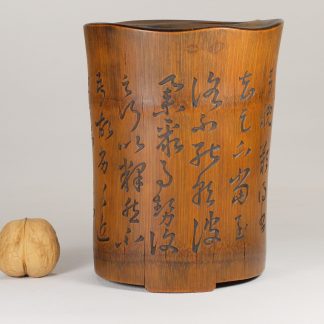
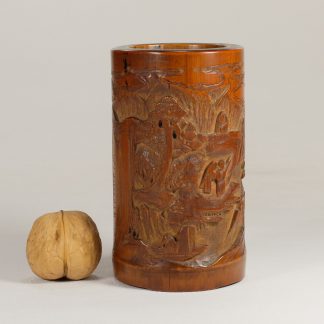
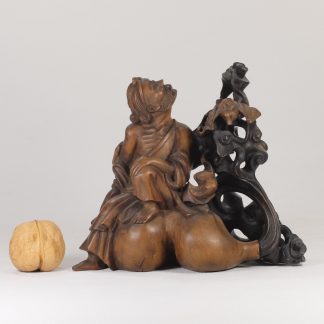
Reviews
There are no reviews yet.